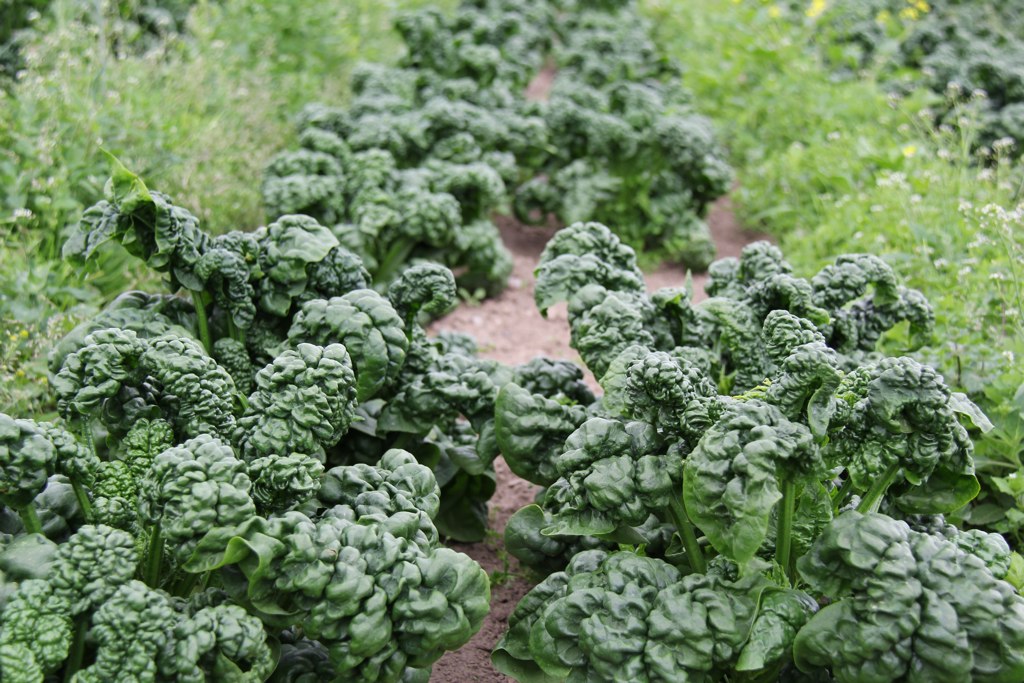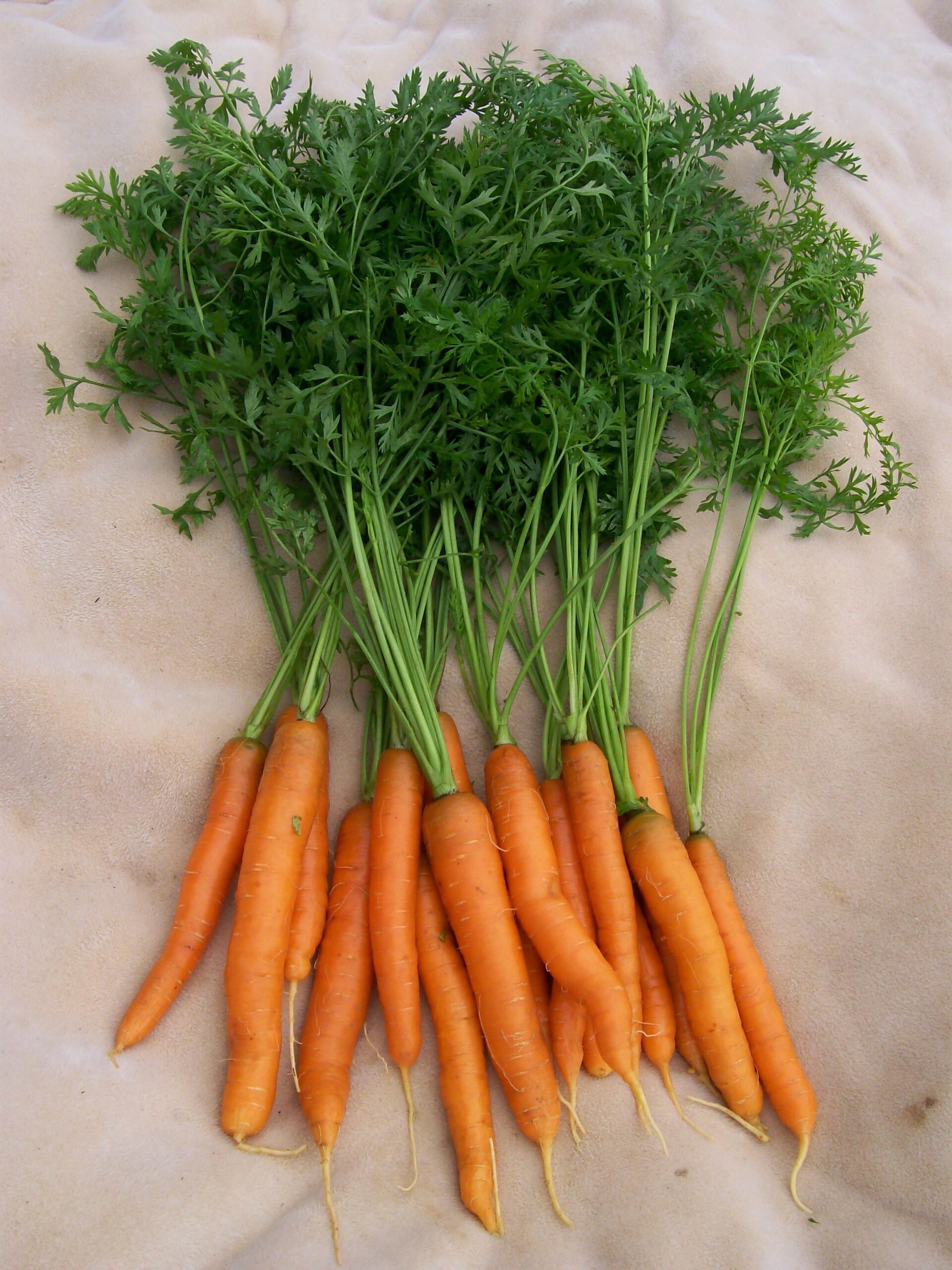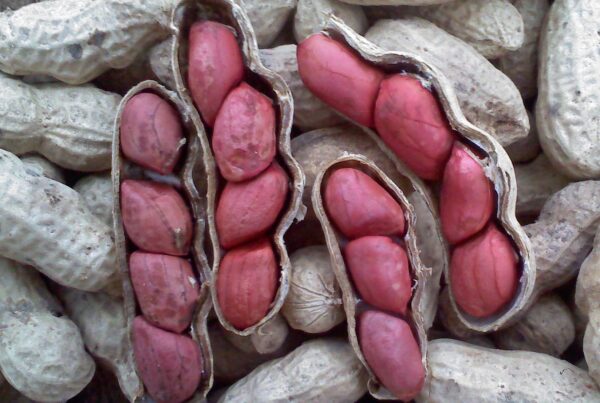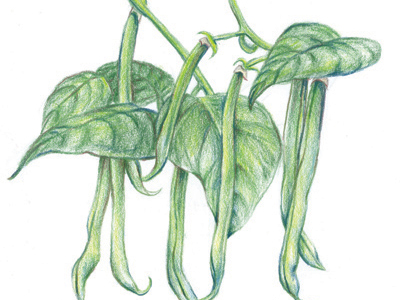By Ira Wallace of Southern Exposure Seed Exchange and the author of The Timber Press Guide to Vegetable Gardening in the Southeast and Grow Great Vegetables in Virginia
Cool evening and warm days make fall in Central Virginia like a second spring. Time to sow more of the roots crops and greens we so love in spring for fall and winter harvest if you haven’t already. Plant beets, carrots, radishes, spinach, kale, arugula, tatsoi and other cool weather greens in weekly successions during the first three weeks of the month. If you planned well they should keep you well fed all winter. If you are having trouble germinating spinach try sprouting spinach seeds in a jar in your fridge for one week,( rinsing daily) then sow the pre-sprouted seeds in a prepared garden bed (if <68F, and dead nettle has germinated) or wait a couple of weeks for the soil to get cooler. September is the last outdoor sowing date for fall harvesting. Later plantings of spinach can be made for wintering over and harvesting next spring. You can broadcast oats into spinach at planting time in September for weed control and cold weather protection.
 After all of your transplanted broccoli, cabbage and Brussels sprouts have the third set of true leaves, you can under sow them with White Dutch Clover to suppress weeds, attract beneficial insects, fix nitrogen, and live on as a Winter/Spring cover crop.
After all of your transplanted broccoli, cabbage and Brussels sprouts have the third set of true leaves, you can under sow them with White Dutch Clover to suppress weeds, attract beneficial insects, fix nitrogen, and live on as a Winter/Spring cover crop.
Thin and keep all your winter roots well weeded thru September and into early October for maximum growth while it is still warm enough. Sow hardy lettuce varieties like Winter Density and Bronze Arrow in seedling patches every 2 days till October 1. Then as space becomes available transplant into beds spaced 8-12 inches apart and cover with Reemay or other spun polyester row cover for fresh salads all winter.
If you haven’t got your garlic and perennial onion stock picked out yet, now is the time to order. If you are planting your own homegrown garlic, pick large heads that are well formed. Consider growing some shallots or perennial leeks to add a gourmet flair to your garden fare.  For green onions all winter White Multipliers and Egyptian Walking onions are both good choices.
Sow spring oats in empty spaces for a winter-killed cover crop. By the end of September start to plant vetch, Austrian Winter peas and winter rye as a cover crop on bare areas of the garden. Water, weed, thin and compost strawberries for next year’s crop. Use thinnings to start a new bed.
Continue harvesting summer veggies, using that last burst of summer harvest to make sure you have enough tomato sauce, salsa, pickles, etc to last the winter as the first frost should be coming early next month. Do remove dead and unproductive summer crops and replant the area with winter greens or cover crops.







